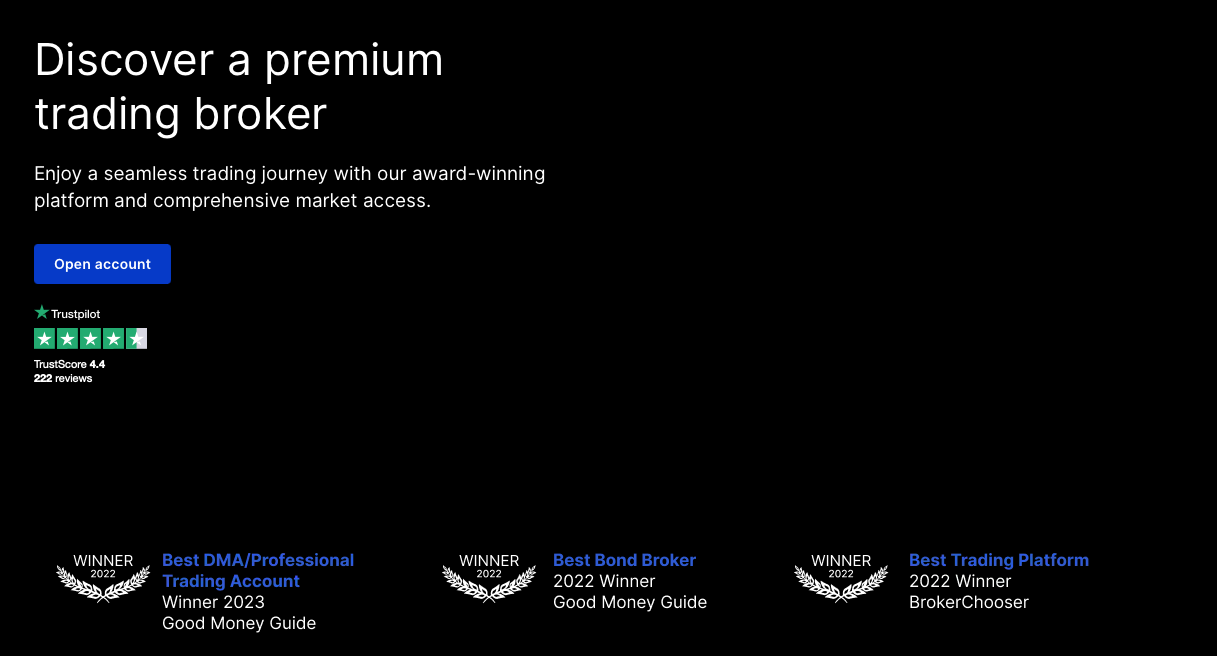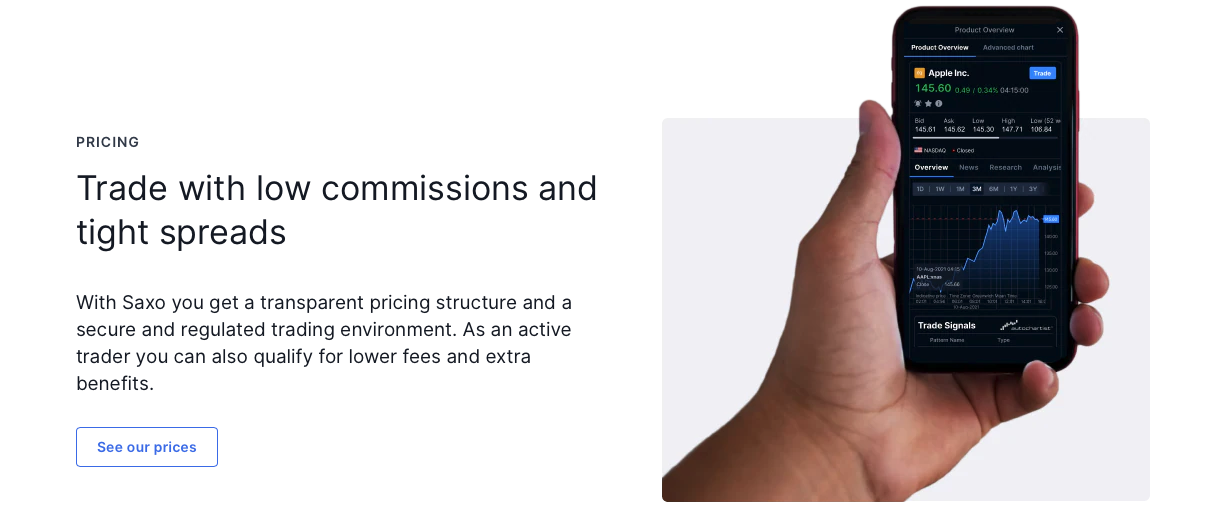
“Saxo Bank Options Broker Review: An In-depth Evaluation”

Introduction
Saxo Bank, a prominent financial institution, has earned a distinguished reputation in the realm of options trading. In this comprehensive assessment, we will scrutinise Saxo Bank’s options trading services across various facets to present an extensive perspective.
Trading platform and user experience:
Saxo Bank furnishes a robust trading platform catering to a broad spectrum of option traders, from neophytes to seasoned professionals. The platform’s hallmark lies in its adaptability, offering access to an expansive array of financial instruments, encompassing options on equities, indices, commodities, and more. While newcomers may initially perceive the platform as intricate, its capacity for customization enables users to configure their trading environment according to their preferences. Saxo Bank’s user experience distinguishes itself through its advanced functionalities and educational reservoirs, although mastery of its full potential may necessitate an acclimatisation period.

Array of option:
Saxo Bank’s repertoire includes a diverse assembly of options contracts spanning an extensive spectrum of underlying assets. Traders can explore options linked to major global indices, individual equities, currency pairs, and commodities. The breadth of options offerings is especially alluring for seasoned traders who seek a versatile array of strategies. Notably, Saxo Bank facilitates both European and American style options, providing traders with a degree of maneuverability in their trading pursuits.
Risk Management Tools :
Fees and Commission:
Research and Analysis:
Costumer Support:
Saxo Bank’s customer support demonstrates reliability and accessibility, offering assistance through diverse channels, including telephone, email, and live chat. Nonetheless, during peak trading periods, response times may exhibit sluggishness, potentially inducing frustration among traders who seek immediate support. The augmentation of the efficiency and responsiveness of customer service stands as an area where Saxo Bank could pursue enhancements.
Regulation and Security:
Saxo Bank operates under the purview of reputable financial regulatory authorities, notably the Financial Conduct Authority (FCA) in the United Kingdom and the Danish Financial Supervisory Authority (DFSA). These regulatory affiliations endow clients with a sense of security and assurance regarding the broker’s operational integrity. In tandem with these regulatory commitments, Saxo Bank instates formidable security measures designed to safeguard client data and assets, including the implementation of two-factor authentication (2FA) and encryption protocols.
Conclusion:
Saxo Bank’s offerings in the domain of options trading coalesce to furnish a resilient platform, a diverse repertoire of option contracts, and commendable risk management tools. The broker’s dedication to client education and the proliferation of comprehensive research resources is unmistakable and advantageous. While customer support responsiveness during peak hours warrants potential refinement, Saxo Bank persists as a reputable options broker amenable to both neophytes and experienced traders. Prospective clients should judiciously consider the cost structure in consonance with their trading predilections and ascertain whether the platform’s intricacies align with their trading objectives. In summation, Saxo Bank emerges as a trustworthy options broker, affording a comprehensive trading milieu for those aspiring to engage in multifarious options strategies within the financial sphere.

